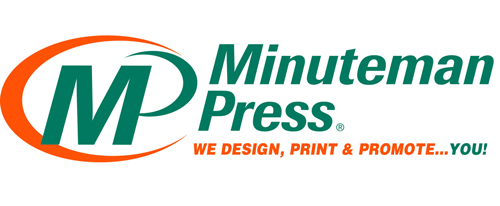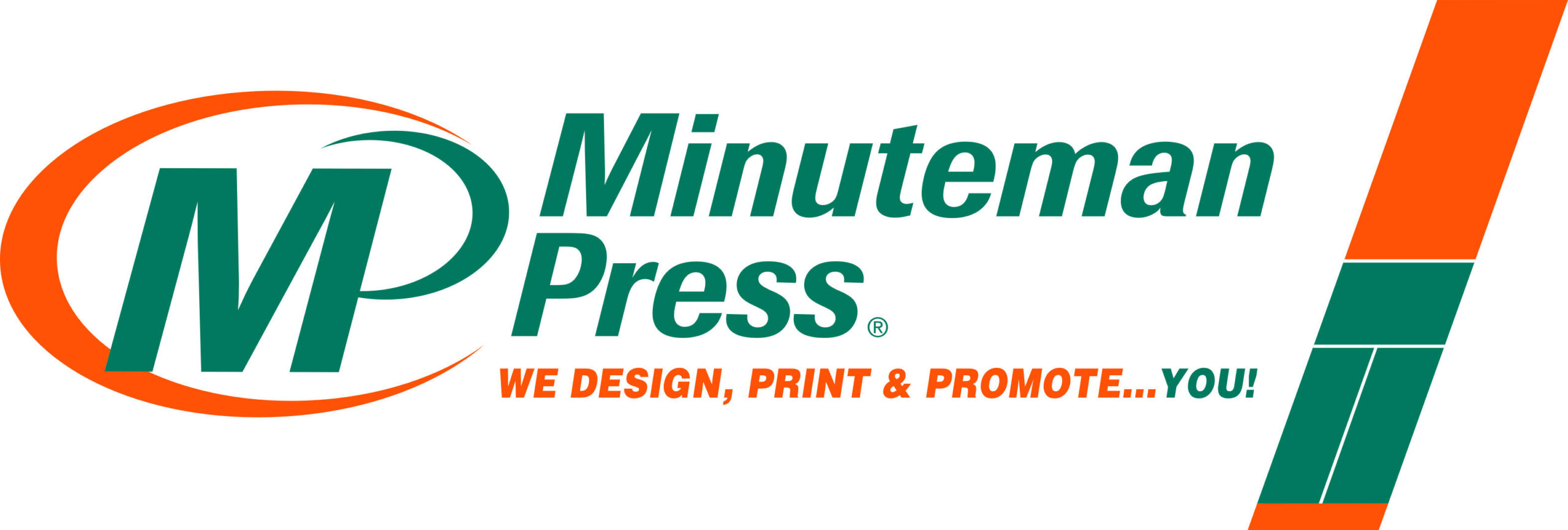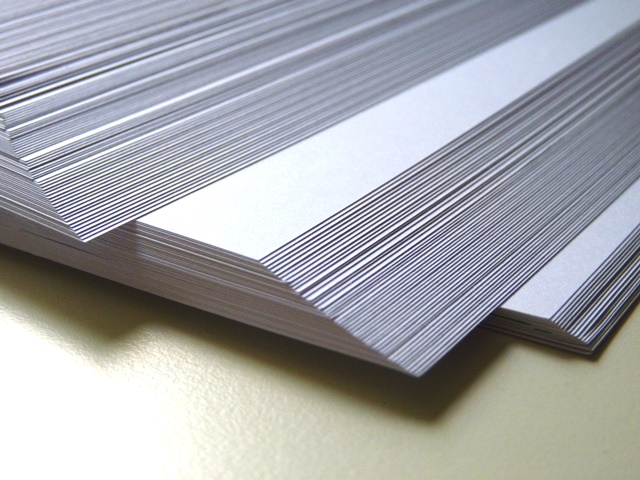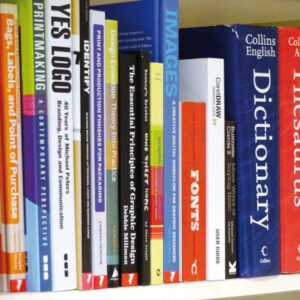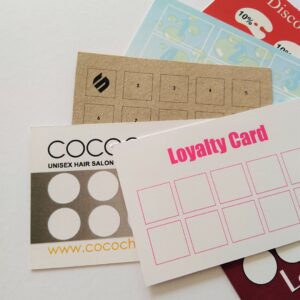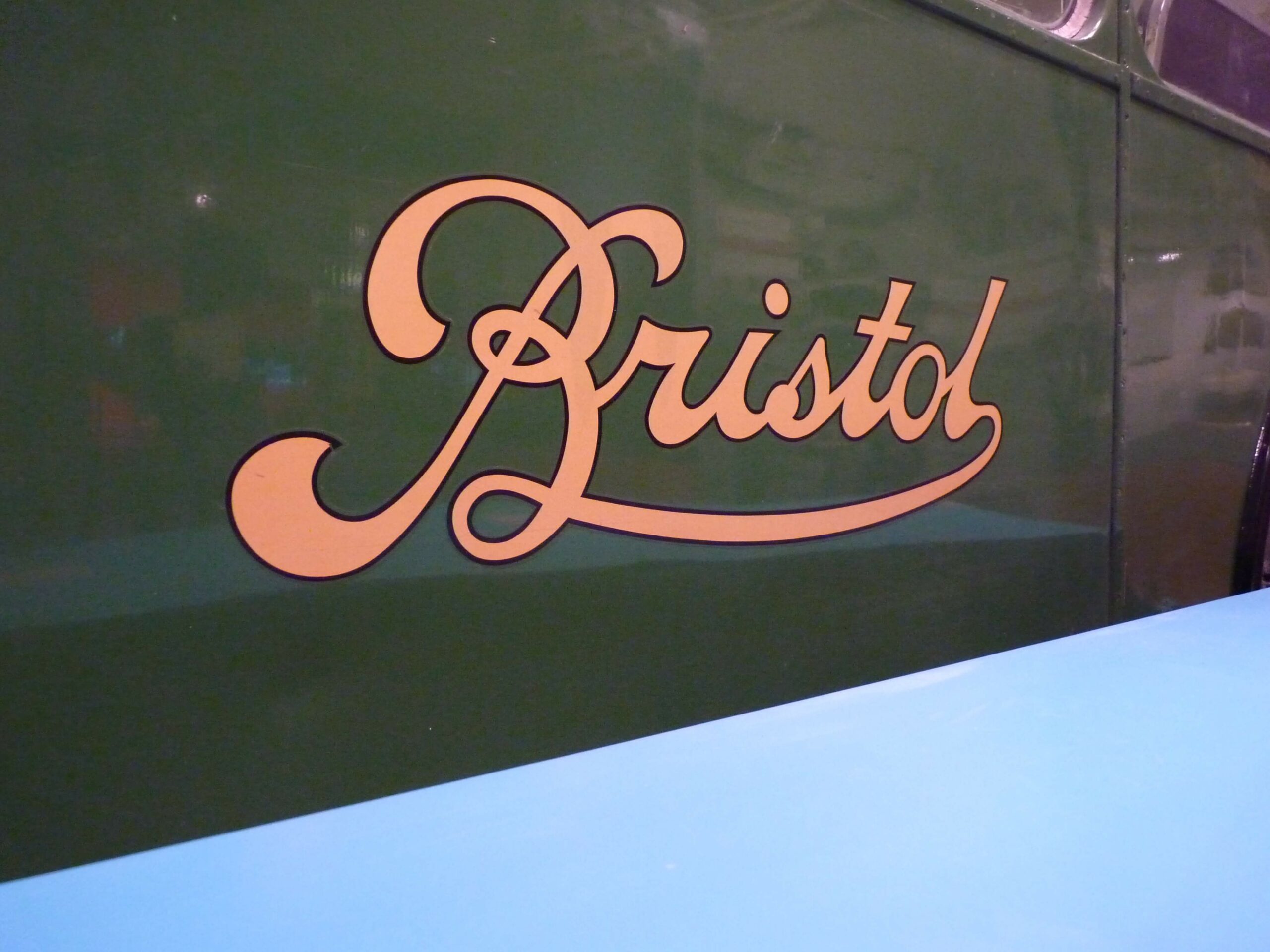There are a variety of different coatings that can be used on paper, each with its own unique properties, which will influence the paper qualities namely surface smoothness and gloss, weight and the way it absorbs ink when printed on. The coatings are usually forms of compounds or polymers made of chalk or china clay mixed with suitable adhesives. One of the main aims of the coating is to optimise paper for its particular use, in print to reduce ink absorption by dot gain to ensure a clear and crisp image.
Gloss on paper, or any other surface, is a measurable optical property. It describes the ability of the material to reflect light in a mirror-like direction, value of which is then related to a set standard of a defined refractive index. A high gloss paper will have a high refractive index value.
For paper gloss consistency the most common standards used are German DIN (Deutsches Institut für Normung) and American TAPPI (Technical
Association of the Pulp and Paper Industry); differing in the angle of the light beam used for measurement, which then determines their suitability for a type of gloss measured.
Coated papers
Gloss
Paper that has a gloss coating has high sheen and lower opacity. Its coating reduces the levels of ink absorption, which ensures that the colour definition produced is superb. A gloss coated paper will reflect light and reproduce a high quality printed image with greater contrast than matt coated or uncoated papers; however, it might make reading more difficult, as light will reflect from the smooth surface into your eyes.
Matt
As its name implies, matt coated paper has a non-glossy finish that inherently has low sheen and high opacity. Generally, matt papers are more expensive. Just as the above gloss coated papers, the reduced absorption of the ink into the paper itself will result in printing that delivers vibrant colours of excellent quality, with the added bonus of reduced reflected light.
Silk / Satin
A silk coating sits between a gloss and matt finish; this coating delivers vivid colours. This form of coating incorporates a smooth, tactile, silk-like surface with lower reflection. Silk is similar in many respects to matt coating and offers excellent readability and crisp image clarity.
Uncoated papers
Uncoated paper has no form of coating or surface sealant added; it is generally more porous, not as smooth as coated papers and due to this, ink will be absorbed into the paper and result in imagery that appears duller. Uncoated papers are available in a myriad of types and surfaces including smooth and textured options to suit a multitude of requirements.
Smooth / Wove
An uncoated form of paper with a smooth, uniform and unlined surface; this is a premium, most common paper used for a plethora of different documentation, eg business stationery, books and programmes.
Laid
This form of paper is textured with fine ribbed lines across the surface of the paper itself. Traditionally laid paper is utilised for various types of printed matter, eg business stationery and invitations. Also widely used by artists as a favourite surface for drawings.
Linen
Another form of textured finish, just as laid paper’s a result of a particular manufacturing process. Its texture is generally more defined and finer than those associated with laid papers, giving it a look and feel of natural linen woven fabric.
In the selection of uncoated or coated, the choice is dependent upon the specific requirement of the paper itself. For high quality imagery a coated paper, such as matt or gloss, would be most suitable. For greyscale printing with text and few or no images, an uncoated paper would be the preferred choice.
Call Minuteman Press Bristol to discuss the relevant paper for your specific requirements.
Paper weight and thickness
Paper weight and thickness are commonly mistaken for each other, referred to one another indiscriminately and so here is a brief explanation of each of the measures.
Paper weight or grammage is used in the printing industry to refer to the area density of a sheet of paper or board. It is expressed in grams per square metre, abbreviated to gsm.
Paper thickness or caliper is measured in micrometres (one thousandth of a millimetre), shortened to mic.
Coating (link coated papers) adds weight to paper, but does not necessarily make the sheet thicker. Therefore a coated flyer paper of 150gsm may feel thinner than uncoated letterhead paper of 120gsm.
Below is a listing of each of the weight (gsm) options available and their typical uses:
80gsm – 90gsm: This weight of paper (uncoated) is the most commonly used for photocopiers and printers. It is ideal for simple printing at home or in the office
100gsm – 120gsm: Used primarily for business stationery (uncoated), eg letterheads or compliment slips, with sufficient bulk to feel more substantial
130gsm – 170gsm: Often used for posters and flyers, frequently coated and therefore more durable papers
180gsm – 250gsm: More sturdy papers and light card / board; ideal for printed flyers, menus and brochures
270gsm +: Card or board, widely used for postcards, business cards or invitations
Call Minuteman Press Bristol to discuss the relevant weight and thickness of paper for your specific requirements.
